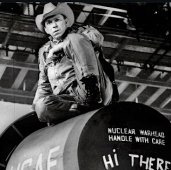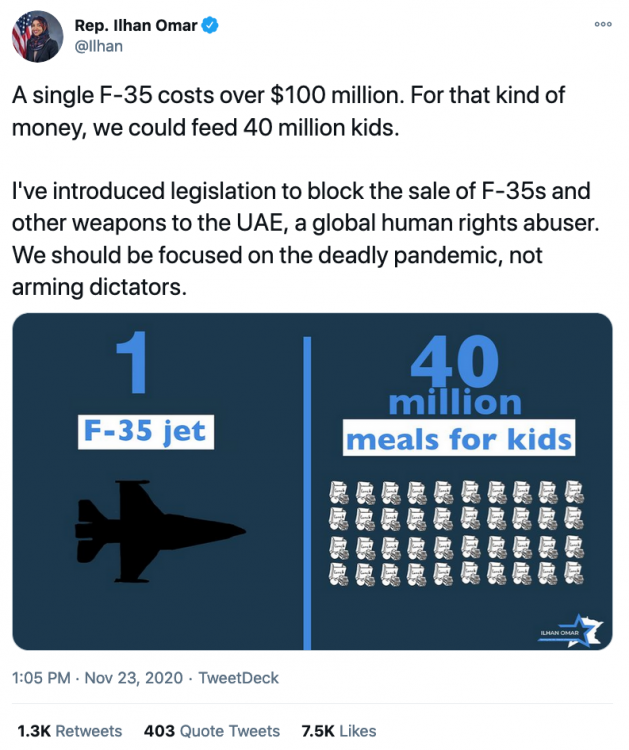No, legit, I want to see where you found that. As far as I can tell the CDC only does pandemic planning estimates, and they haven't published any data on actual age related morbidity. It doesn't really matter, as I don't really care about the numbers that much, as long as everyone is on the same page: it doesn't kill young people under 60 basically at all, and it does kill old people at an unreasonably high rate.
Hey bro, I'll give you credit for the majority of the times you did say it. But the last time you didn't when you said it was a 12% positive test rate for a disease that has a 99.86% survival rate. Saying a "99.86% survival rate" vs a "99.86% survival rate for the majority of the population" are two ENTIRELY different things. Standard "words matter," and you presented it in a way that makes the impact of COVID - the deaths of old people - not part of the discussion.
Let's pretend we didn't do any decision making based on "10% of the population" (~30 million people). If you didn't do anything and let "herd immunity" make it's way around, about 70-80% of the country would get the virus. So ~22 million old people. Of them, 10%+ would die. 2,000,000+ deaths is incalculable. It's hard to imagine, I'm sure, without being personally affected, but that's almost 10 times the number of US soldiers that died in WW2. It's not "unsound" or "emotional" to consider this. It's a moral imperative to consider loss of life like that, especially when they are your American countrymen drowning to death on a ventilator.
With that being said, I think that you're right that policy has to consider the 90% as well. There's multiple compromises that no one seems to talk about. I'm a proponent of a temporary monthly living allowance which would go to those over the age of 67 until a vaccine is created while lifting most restrictions for the rest of the 90%. The purpose would be to help those at risk to isolate and pay for services that would enable them to lower their risk of disease (delivery services, nurses, cleaners, grocery services, etc.) This would likely be on the order of ~$1.5k per month or $18k per year/person (adjusted by income), which would come out to $540b a year for approximately 30M people. This is an expense, obviously, but giving money to people that not only need it but would have to spend it would help the economy AND it would enable the other 90% of the population to continue working. If healthy older folks don't want to quarantine, have at it. They can make the risk call themselves. This is America, after all. This seems like an ethical compromise that would probably be cheaper in the long run than having tons of businesses fail while the economy grinds to a halt. And it's better than just choosing to do nothing at all and accepting needless deaths for the economy.
In the meantime, distribute information about how you can protect yourself and allow people to make decisions. Some people will make good decisions, and others will do whatever they want, but that's America. Your infection rate will go up.
When you get coronavirus - which you probably will - you should be mandated to quarantine until you aren't infectious. It's two weeks, then you are basically good to go. The vaccine will be produced and distributed in 6-12 months, and we're out of the woods. We helped the old people bunker down while still enabling the 90% to pay their rent.
The cost would be increased taxes to pay for it, but it would still be cheaper than the economy grinding to a halt and tons of businesses closing.
EDIT: Just looked and we've already spent almost $3T on this, with most of it going to where? You and I got $1200, but that only accounts for <10% of the total stimulus. Tax breaks for big companies and millionaires are ruining/diluting actions the government could take to help. Imagine if the government spent half of $3T on ventilators/medical training/medical supplies and gave the rest to individuals at risk to isolate using their own personal liberty and judgment. Here's a pretty good breakdown on how this spending plan unfairly benefits those that it shouldn't (millionaires and billionaires that don't need assistance) https://www.propublica.org/article/the-cares-act-sent-you-a-1-200-check-but-gave-millionaires-and-billionaires-far-more Classic tax cuts for the rich in a pandemic, thanks trickle down economics/Ronald Reagan.
















